The First Victim
Ridley Pearson
Contents

Also by Ridley Pearson
The Pied Piper
Beyond Recognition
Chain of Evidence
No Witnesses
The Angel Maker
Hard Fall
Probable Cause
Undercurrents
Hidden Charges
Blood of the Albatross
Never Look Back
Writing as Wendell McCall
Dead Aim
Aim for the Heart
Concerto in Dead Flat
Short Stories
"All Over but the Dying"
in Diagnosis: Terminal
edited by F. Paul Wilson
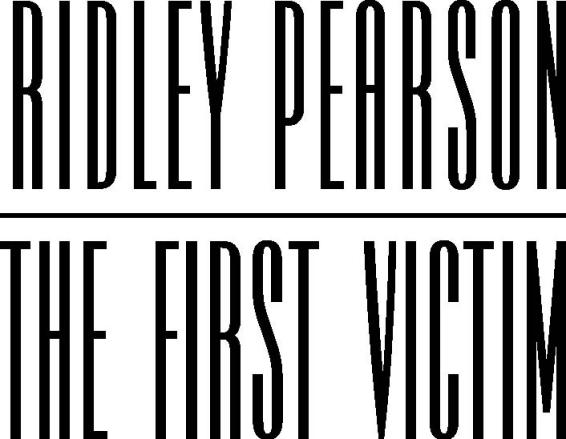
New York

The stories and characters in this novel are the product of the authors imagination and are not based on real or actual events, nor on real or actual characters. Although the author strived through research to make the factual basis of the writing as accurate as possible, liberties are always taken in fiction, and the author apologizes up front for any mistruths or location inaccuracies required by the story, and, as always, begs the forgiveness of the reader and the people of Seattle and King County, Washington, for any such errors, intentional or otherwise.
Copyright 1999 Ridley Pearson
All rights reserved. No part of this book may be used or reproduced in any manner whatsoever without the written permission of the Publisher. For information address Hyperion, 114 Fifth Avenue, New York, New York 10011.
The Library of Congress has cataloged the hardcover edition of this title as follows: Library of Congress Cataloging-in-Publication Data
Pearson, Ridley. The first victim / by Ridley Pearson.1st ed.
| p. cm. |
|---|
| I. Title. |
|---|
| ISBN 0-7868-6440-0 |
|---|
| PS3566.E234F57 1999 |
|---|
| 813.54dc21 | 98-49992 |
|---|
| CIP |
|---|
| Designed by KimShala Wilson |
|---|
| ISBN 0-7868-7144-X |
|---|
| First Ebook edition: September 2001 |
|---|
DEDICATION
In conducting research for The Pied Piper and The First Victim, I learned that some 40,000 infant girls are abandoned to orphanages each year in China. This novel is dedicated to Seattles New Hope Child and Family Agency and all such adoption agencies around the world.
ACKNOWLEDGMENTS
This novel was edited by Leigh Haber at Hyperion Books who deserves none of the criticism, if any, for its successes or failures, but all of the credit for both holding me to the page and expanding my horizons. Thanks, Leigh.
Also a note of thanks to Al Zuckerman for editorial consultation and literary representation.
The author wishes to express his gratitude to the variety of professionals who helped with The First Victim: law enforcement, Sergeant Donald Cameron; medical examiner, Dr. Donald Reay; oceanographer, Dr. Alyn Duxbury; friends at the FBI and at Washington D.C.s Metropolitan Police Force and Capitol Police Force.
THE FIRST VICTIM
CHAPTER 1
PUGET SOUND, WASHINGTON
 t came off the northern Pacific as if driven by a witchs broom: the remnants of typhoon Mary, which had killed 117 in Japan, left 6,000 homeless in Siberia and flooded the western Aleutians for the first time in sixty-two years. In the oceans open waters it drove seas to thirty feet with its eighty-five-mile-per-hour winds, dumping three inches of rain an hour and barreling toward Victoria Island, the San Juan Islands, and the largest estuary in North America, known on charts as Puget Sound. It headed for the city of Seattle as if it had picked its course off a map, and it caused the biggest rush on plywood and chipboard that King County had ever seen.
t came off the northern Pacific as if driven by a witchs broom: the remnants of typhoon Mary, which had killed 117 in Japan, left 6,000 homeless in Siberia and flooded the western Aleutians for the first time in sixty-two years. In the oceans open waters it drove seas to thirty feet with its eighty-five-mile-per-hour winds, dumping three inches of rain an hour and barreling toward Victoria Island, the San Juan Islands, and the largest estuary in North America, known on charts as Puget Sound. It headed for the city of Seattle as if it had picked its course off a map, and it caused the biggest rush on plywood and chipboard that King County had ever seen.
In the partially protected waters west of Elliott Bay, one nautical mile beyond the established shipping lanes that feed Seattles East Waterway docklands, the pitch-black night was punctured by the harsh illumination of shipboard spotlights that in clear weather might have reached a half mile or more but failed to stretch even a hundred yards in the dismal deluge that had once been Mary. The freighter, Visage, a container ship, rose and sank in fifteen-foot swells, rain drumming decks stacked forty feet high with freight cars. The Asian crew followed the orders of the boatswain who commanded a battery-operated megaphone from an upper deck, instructing them to make ready.
The huge ship pitched and yawed and rolled port to starboard, threatening to dump its top-heavy cargo. The crew had been captured inside Marys wrath for the last three hundred nautical milesthree impossibly long days and nightsrarely able to sleep, some unable to eat, at work all hours attempting to keep the hundreds of containers on deck secure. Early on in the blow a container had broken loose, sliding across the steel deck like a seven-ton brick and crushing the leg of an unsuspecting crewman to where the ships medic could find no bones to set, only soft flesh where the shin and knee had once been. Three of the crew had tied themselves to the port rail where they vomited green bile with each and every rise and fall. Only four crewmen were available for the transfer that was to come.
The neighboring tug and barge, seventy feet and closing off Visages starboard bow, were marked by dim red and green running lights, a single white spot off the tugs bow, and a pair of bright halogens off the tower of the telescoping yellow crane chained down to the center of the barge. The tug and barge disappeared into a trough, rising and reappearing a moment later, only to sink once again into the foam, the crane as ominous and unnatural as an oil platform. The storm prevented any hope of docking the barge to the freighter, but both captains had enough motivation in their wallets to attempt the transfer nonetheless. Like two ends of a seesaw, the vessels rose and fell alternately, the cranes tower pointing like a broken finger into the tar black clouds. Radio communication was forbidden. Signal lights flashed, the only contact between the two captains.
Finally, in a dangerous and daring dance, the two vessels drew close enough for the cranes slip harness to be snagged by the freighters crew on an upward pendulum swing. Briefly, the barge and container ship were connected by this dangling steel cable, but it broke loose of their hold, the barge lost to another swell. It was twenty minutes before the cranes steel cable was finally captured for a second time.
The vessels bobbed alongside one another, the slack in the cranes cable going dangerously tight with each alternating swell. The exhausted deckhands of the Visage worked furiously to be rid of this container, to a member wondering if it was worth the bonus pay they had been promised.
When the moment of exchange arrived, the crane made tight the cable and the deckhands cut loose the containers binding chains while lines secured to winches on both vessels attempted to steady the dangling container, for if it swung too violently it was likely to capsize the barge. As the first of these four lines snapped, the container, dangling precipitously over the void of open foam between barge and ship, shifted awkwardly, suddenly at a treacherous angle. Above the deafening whistle of wind and the lions roar of the sea came the muted but unmistakable cry of human voices from within this container.

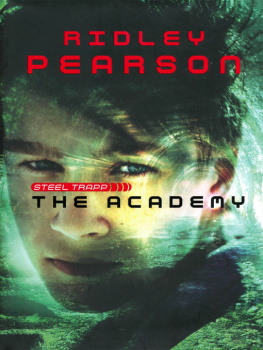

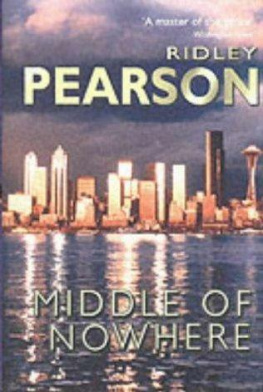










 t came off the northern Pacific as if driven by a witchs broom: the remnants of typhoon Mary, which had killed 117 in Japan, left 6,000 homeless in Siberia and flooded the western Aleutians for the first time in sixty-two years. In the oceans open waters it drove seas to thirty feet with its eighty-five-mile-per-hour winds, dumping three inches of rain an hour and barreling toward Victoria Island, the San Juan Islands, and the largest estuary in North America, known on charts as Puget Sound. It headed for the city of Seattle as if it had picked its course off a map, and it caused the biggest rush on plywood and chipboard that King County had ever seen.
t came off the northern Pacific as if driven by a witchs broom: the remnants of typhoon Mary, which had killed 117 in Japan, left 6,000 homeless in Siberia and flooded the western Aleutians for the first time in sixty-two years. In the oceans open waters it drove seas to thirty feet with its eighty-five-mile-per-hour winds, dumping three inches of rain an hour and barreling toward Victoria Island, the San Juan Islands, and the largest estuary in North America, known on charts as Puget Sound. It headed for the city of Seattle as if it had picked its course off a map, and it caused the biggest rush on plywood and chipboard that King County had ever seen.